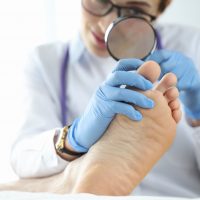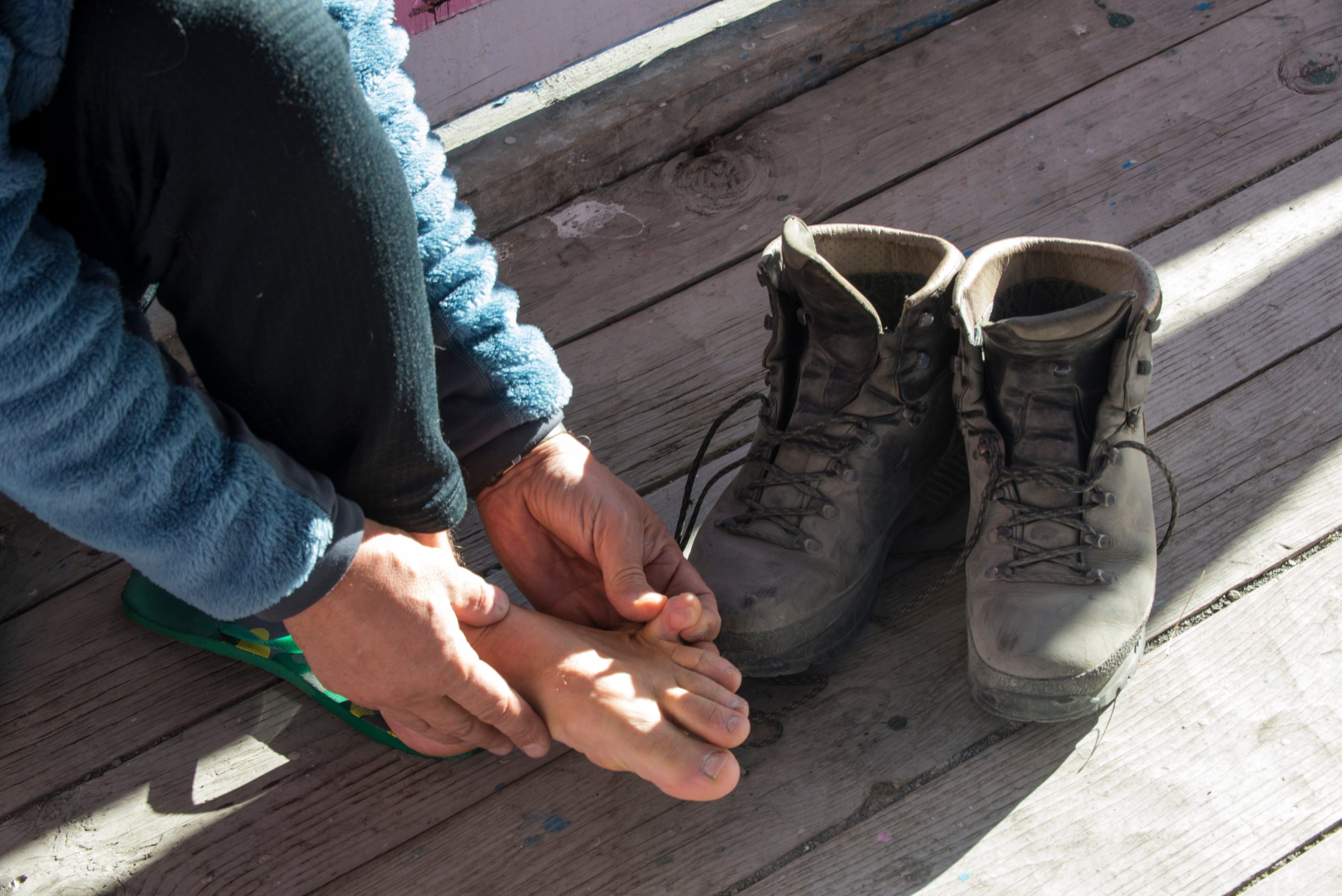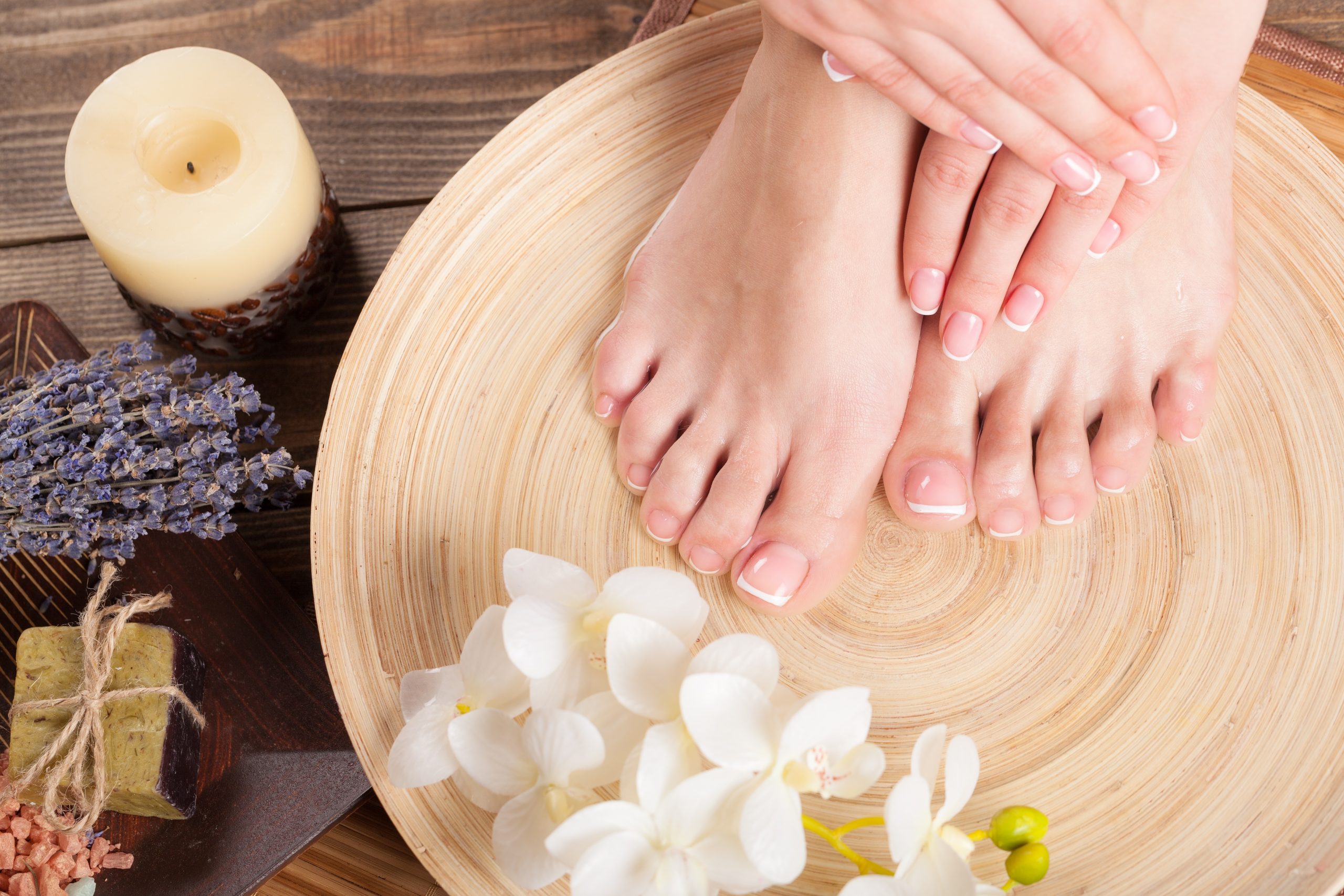Toenail fungus, medically known as onychomycosis, is a common condition that affects many individuals. It can cause discoloration, thickening, and brittleness of the toenails, leading to discomfort and embarrassment. While several factors contribute to toenail fungus, the choice of footwear plays a significant role in its development and progression. In this article, we explore the impact of footwear on toenail fungus.
- Moisture and Poor Ventilation: Moisture and poor ventilation are key factors that contribute to toenail fungus. Fungi thrive in warm, moist environments, making the feet a prime target. Certain types of footwear, particularly closed-toe shoes made of non-breathable materials like synthetic fabrics or rubber, can trap moisture inside, creating an ideal environment for fungal growth. It’s important to choose footwear that allows for proper ventilation to keep the feet dry.
- Tight and Narrow Shoes: Wearing tight and narrow shoes can increase the risk of toenail fungus. Shoes that are too tight compress the toes, leading to excessive pressure and friction. This can cause microtrauma to the toenails, making them more susceptible to fungal infections. Additionally, tight shoes restrict airflow and trap moisture, creating a favorable environment for fungi to thrive. Opt for footwear that provides enough room for your toes to move freely and avoid excessive pressure on the nails.
- Shared Footwear: Sharing footwear with others, especially in communal settings like gyms or swimming pools, can contribute to the spread of toenail fungus. Fungal spores can survive in shoes and socks, making it easy for the infection to transfer from one person to another. It’s essential to avoid sharing footwear and maintain good hygiene practices by wearing clean, dry socks and regularly disinfecting shoes.
- Lack of Arch Support: Proper arch support is crucial for maintaining foot health and preventing toenail fungus. Shoes with inadequate arch support can lead to imbalances in foot mechanics and increase pressure on the toenails. This can cause repetitive trauma and make the nails more susceptible to fungal infections. Consider choosing footwear with built-in arch support or using orthotic inserts to provide proper alignment and support for your feet.
- Synthetic Materials and Non-Breathable Fabrics: Footwear made from synthetic materials and non-breathable fabrics hinder air circulation and trap moisture. This creates an environment conducive to fungal growth. Natural materials like leather and canvas allow for better airflow and moisture evaporation, reducing the risk of toenail fungus. When selecting footwear, opt for breathable materials that help keep your feet dry and comfortable.
- Proper Hygiene Practices: While the choice of footwear plays a significant role in toenail fungus, practicing good foot hygiene is equally important. Regardless of the type of footwear you choose, maintaining proper hygiene can help prevent fungal infections. Regularly clean and dry your feet, paying special attention to the spaces between the toes. Change socks frequently, especially if they become damp or sweaty. Consider using antifungal powders or sprays to help keep your feet dry and reduce the risk of fungal growth.
- Appropriate Footwear for Activities: Different activities require different types of footwear, and choosing the appropriate footwear can help prevent toenail fungus. For instance, when engaging in water-related activities like swimming or showering in public areas, wearing waterproof sandals or shoes can protect your feet from coming into direct contact with contaminated surfaces. Similarly, when participating in sports or exercise, choose footwear that provides adequate support and allows for proper ventilation.
- Early Intervention and Treatment: If you notice any signs of toenail fungus, such as discoloration or changes in nail texture, seek early intervention and treatment. Consult a healthcare professional who can












